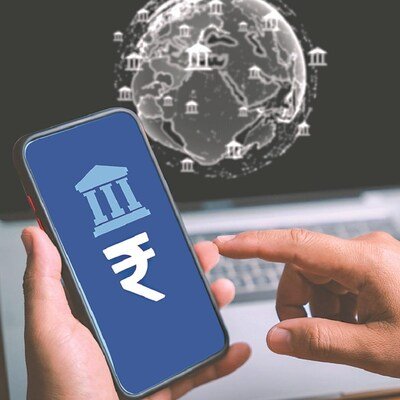The Reserve Bank of India (RBI) has proposed expanding the real-time gross settlement (RTGS) system to include transactions of the United States dollar, Euro, and British pound through bilateral or multilateral agreements. RBI Governor Shaktikanta Das also underscored the potential of Central Bank Digital Currency (CBDC) to facilitate cross-border payments.
Click here to connect with us on WhatsApp
“The feasibility of expanding RTGS to settle transactions in major trade currencies such as USD, EUR and GBP can be explored through bilateral or multilateral arrangements,” said Das at the RBI@90 conference in New Delhi on Monday.
“India and a few other economies have already commenced efforts to expand linkage of cross-border fast payment systems both in the bilateral and multilateral modes,” he said.
Remittances are the starting point for emerging and developing economies, including India, to explore cross-border peer-to-peer (P2P) payments. “We believe there is immense scope to significantly reduce the cost and time for such remittances,” he said.
Overview of RTGS expansion
RTGS allows for the immediate transfer of funds between banks. The minimum amount that can be transferred through RTGS is Rs 2 lakh, with no maximum limit. Transactions are now only in rupee but the facility’s expansion could be achieved through bilateral or multilateral arrangements, enhancing the efficiency and reducing costs associated with cross-border transactions.
India has initiated several projects aimed at enhancing cross-border payment systems:
Project Nexus: The RBI introduced the Project Nexus initiative to interlink India’s domestic instant payment systems with Malaysia, the Philippines, Singapore, and Thailand.
How does Project Nexus work
Project Nexus standardised domestic IPS connections, allowing operators to make one connection to Nexus instead of custom connections to each country. Thus, the IPS is connected to all the countries in the network.
Bilateral arrangements: Cross-border payment linkages under bilateral pacts have already been set up with Singapore, the United Arab Emirates, Mauritius, Sri Lanka and Nepal.
Importance of cross-border payments
According to the Bank of England, global cross-border payments will surpass $250 trillion in value by 2027.
According to the World Migration Report 2024 released by the International Organisation for Migration, India’s remittances surged to USD 111 billion last year, surpassing all other nations.
RTGS in dollar and Central Bank Digital Currency
Central bank digital currencies (CBDC) have the potential to facilitate efficient cross-border payments. India is one of the few countries that have launched both wholesale and retail CBDCs.
What is CBDC
CBDCs are a digital form of a paper currency and are legal tenders issued and backed by central bank. It is the same as a fiat currency and is exchangeable one-to-one with the fiat currency.
Challenges Ahead
“A key challenge could be that countries may prefer to design their own systems based on domestic considerations. I believe we can overcome this by developing a plug-and-play system that replicates India’s experience while maintaining the sovereignty of respective countries,” said Das. He added that India’s experience in digital public infrastructure could be leveraged by other nations.
First Published: Oct 15 2024 | 11:47 AM IST





















